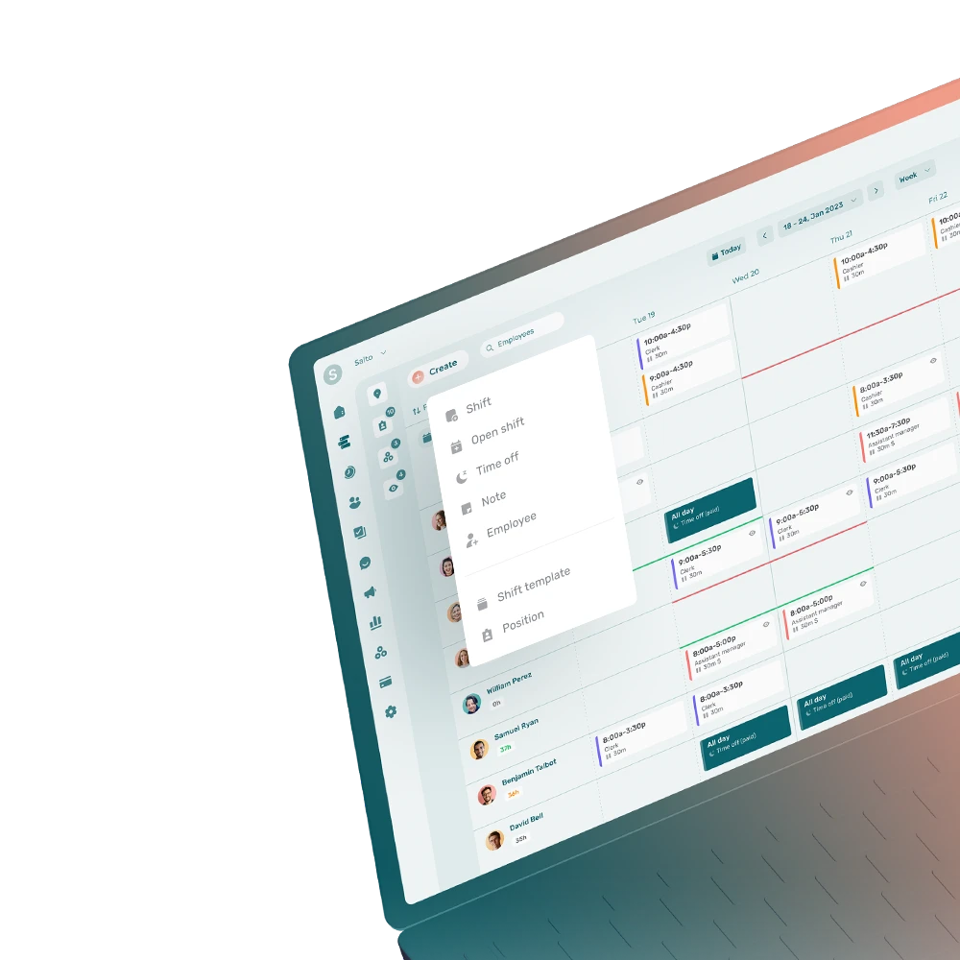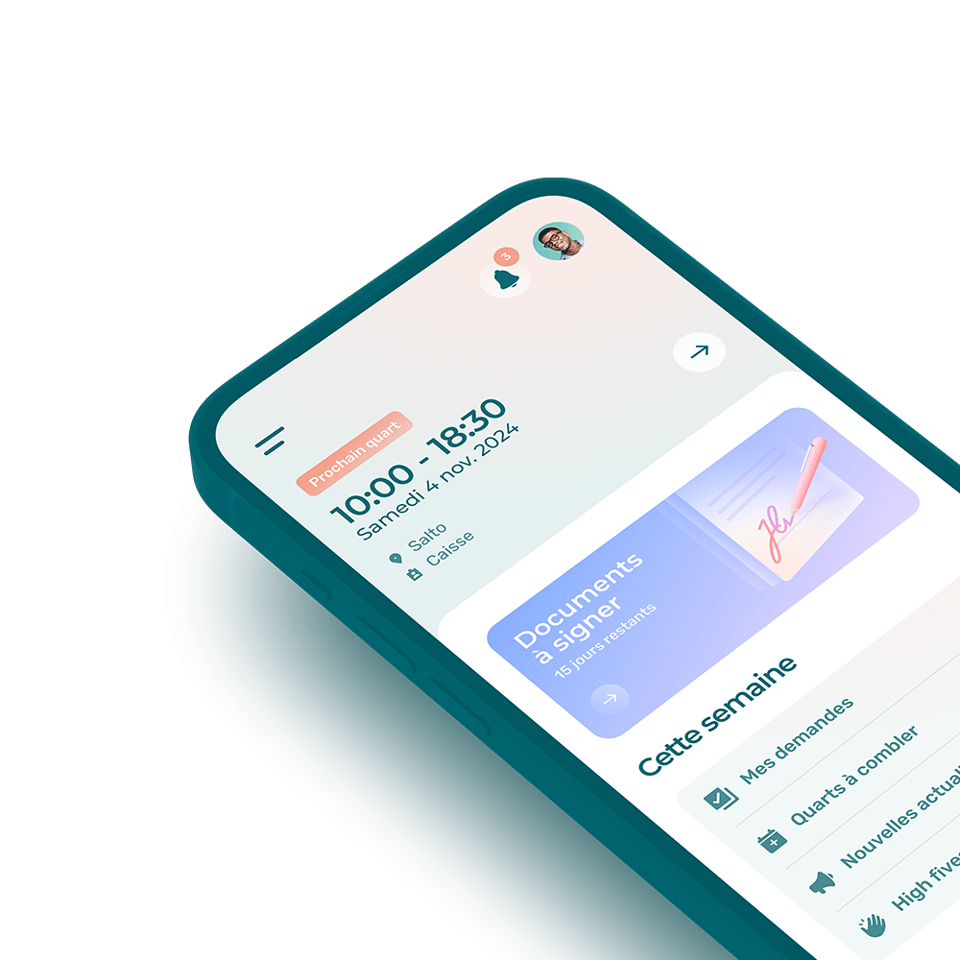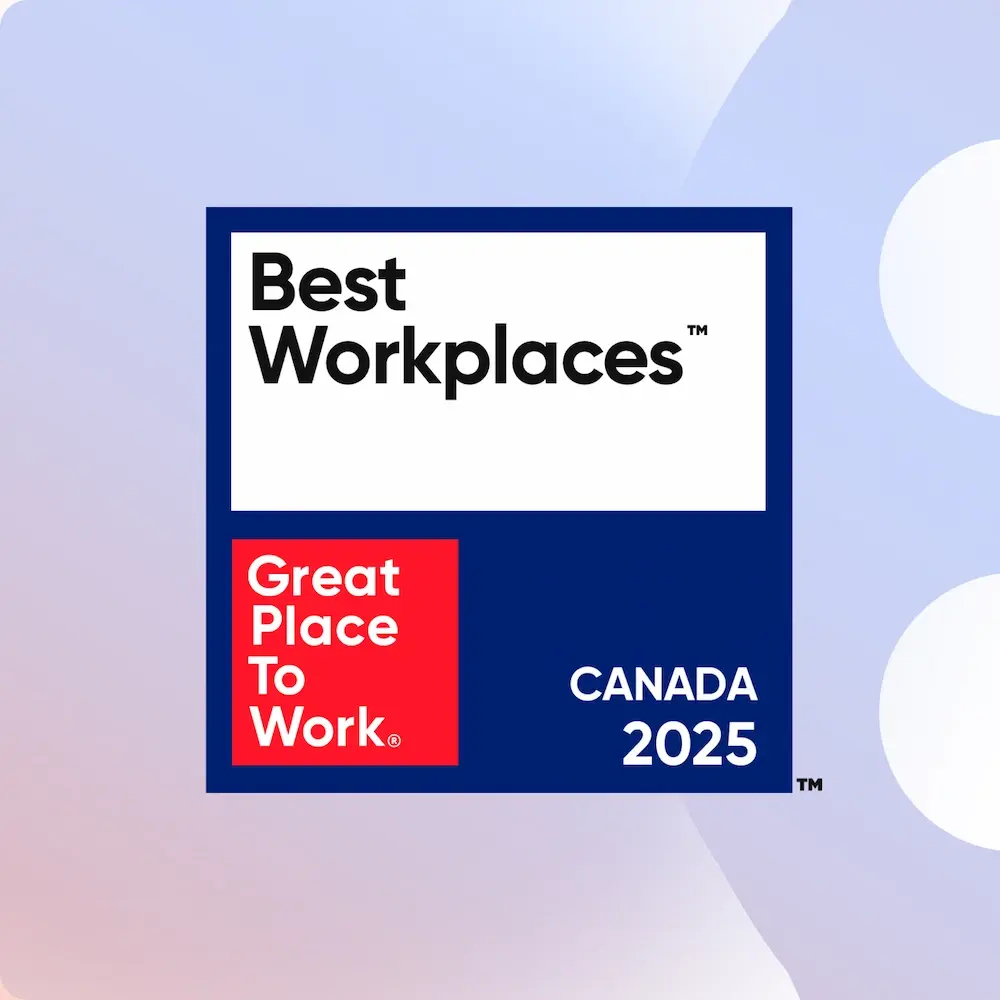Workplace diversity is the degree to which various characteristics (e.g., age, gender, sexual orientation, ethnicity, or religion) differ in the workforce of a given organization.
What Are the Benefits of Workplace Diversity?
Workplace diversity fosters diverse points of view, encourages equality within the team, and allows for a wider range of talents.
Some benefits of diversity in the workplace include:
- Improving employee engagement
- Reducing employee turnover
- Enriching employer branding
- Increasing creativity
Which Characteristics Does Workplace Diversity Encompass?
Workplace diversity encompasses many qualitative physical, psychological, and cultural characteristics that define the identity of a person, including:
- Race
- Ethnicity
- Gender
- Age
- Sexual orientation
- Physical abilities and disabilities
- Religion
- Political beliefs
- Education
- Socioeconomic background
- Language
- Culture
- Personality
Why Is Workplace Diversity Important?
Workplace diversity forms the basis for diverse points of view and demonstrates the commitment of a company to embracing differences.
How to Leverage Workplace Diversity?
Open-mindedness and inclusivity are key factors to leveraging diversity in the workplace.
In the context of diversity, open-mindedness refers to the manifest desire to consider contributions borne of a wider array of life experiences and backgrounds.
Inclusivity is defined as the measures set in place to enable such contributions. Examples of inclusivity measures include:
- Conducting intermittent inclusivity pulse surveys
- Instilling culture of respect (e.g., no slurs or derogatory remarks allowed)
- Building and strongly enforcing a clear anti-discrimination policy
- Welcoming and giving serious consideration to any relevant feedback from all members regarding any aspect of the organization
- Reacting resolutely to any potentially negative situation surrounding the identity of an individual, no matter how small and regardless of intent so as to curb banalization
What Are the Most Common Challenges of Workplace Diversity?
Common workplace diversity challenges include:
- Communications barriers
- Stereotypes and prejudice
- Visa requirements
- Cultural clashes
How to Improve Workplace Diversity?
In order to improve workplace diversity, HR professionals need to make their hiring process more inclusive and seek out people with different characteristics.
Inclusiveness in the hiring process involves leveraging diverse talent pools, diversifying the recruitment team, and offering sensitivity training to interviewers.







